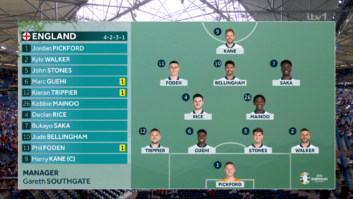As part of its Social Purpose Impact report for 2022, ITV has revealed it has made considerable steps in its aim to be net zero by 2030.
The report states that the broadcaster has reduced carbon emissions in its control by 36 per cent and emissions it influences by 13 per cent compared to its baseline year.
ITV said it had achieved those figures by consolidating its London office space, modernising a number of sites resulting in lower energy consumption, and an increase in the proportion of its fleet that is hybrid or electric
Some 94 per cent of UK programmes produced by ITV Studios were certified by the BAFTA albert scheme as sustainable, up from 84 per cent in 2021.
ITV has reduced its programme emissions by piloting virtual production on a number of shows to assess the impact on production quality and emissions reduction. The shows included Coronation Street and drama A Spy Amongst Friends.
The broadcaster also ran a number of trials looking at battery, hybrid and bio-fuel solutions to reduce its reliance on diesel. Lessons learnt from these trials will help it increase the use of new technology to power shows in 2023, said the report.
ITV has been awarded an A by the Carbon Disclosure Project (CDP) making it amongst the top two per cent of disclosing companies in the world for their commitment to climate action, said the broadcaster.
ITV’s head of procurement, Geoffrey Wass, said the broadcaster will continue to embed sustainability criteria into its selection processes and contracts in order to ensure it works with suppliers that align to the company’s long-term goals.
“We’ve put a lot of effort into analysing the carbon emissions within our supply chain and where the biggest impact areas are,” said Wass. “We’re still learning, but we now have a much better understanding of where we should be focusing our efforts. And from a process and capabilities perspective, sustainability and our broader Social Purpose goals are now embedded into everything we do. We now know the right questions to ask, we are gathering much more meaningful information and that helps us make better decisions.”
The full Social Purpose Impact Report is available to read here.






